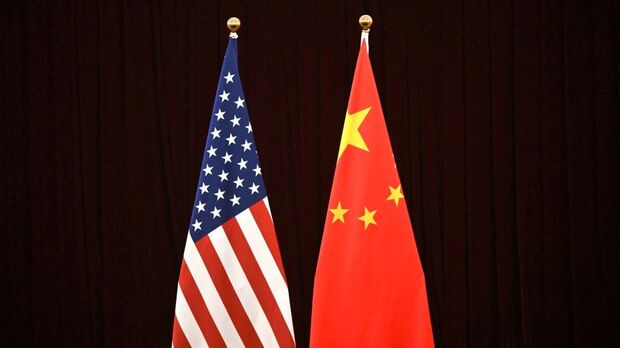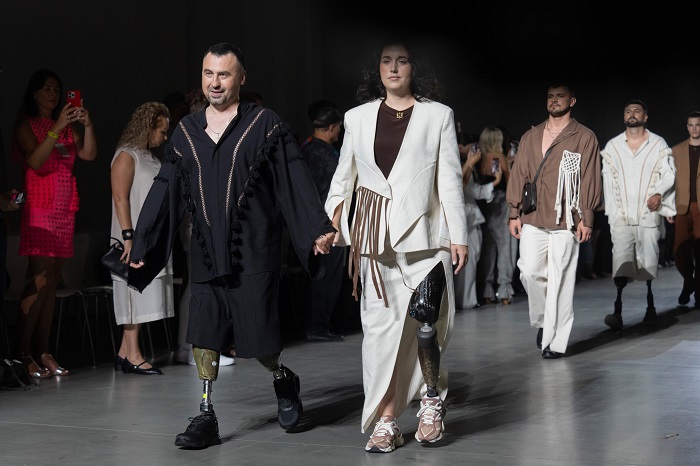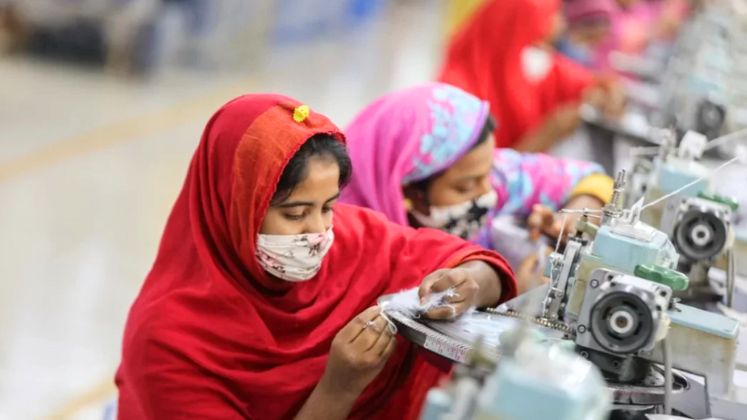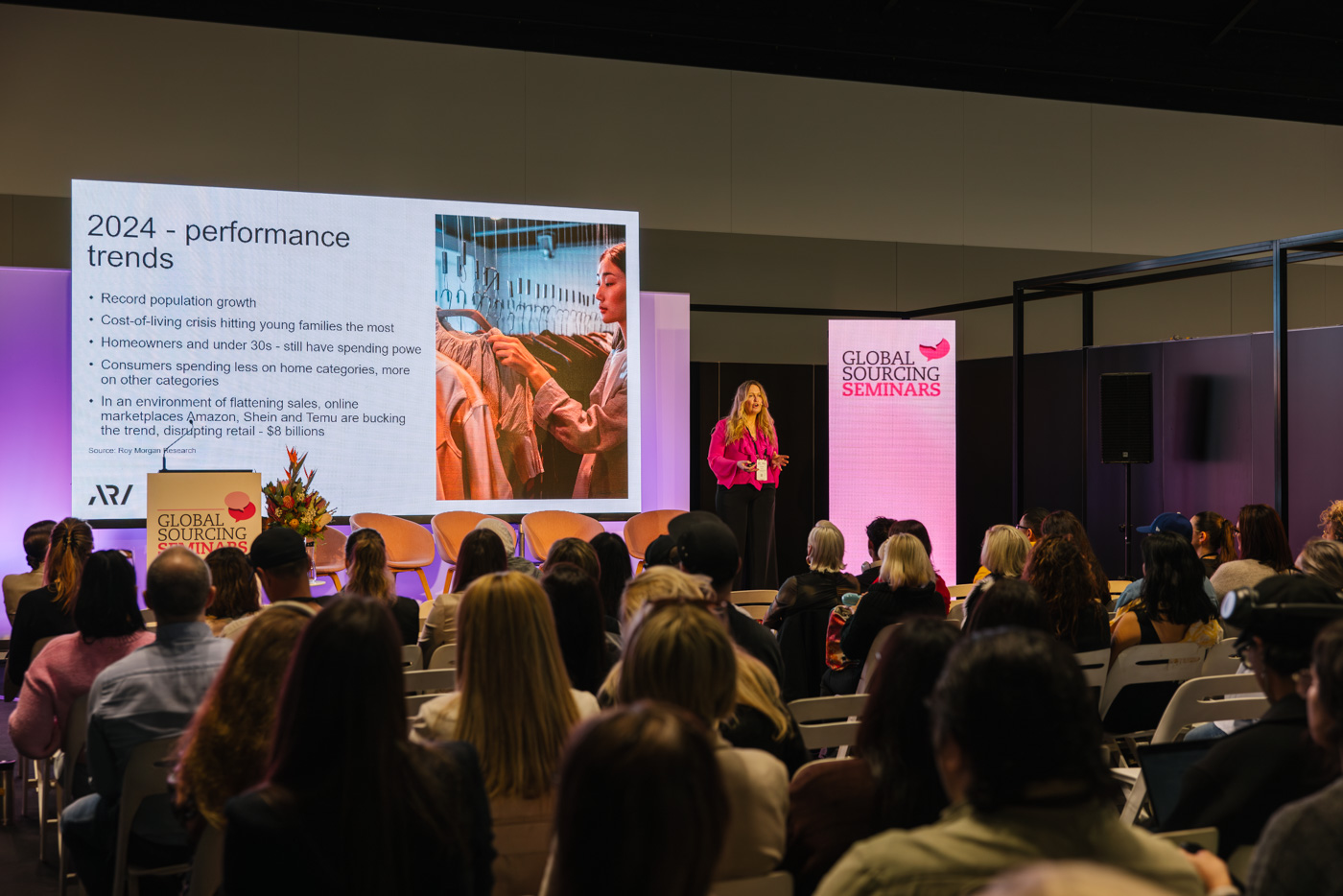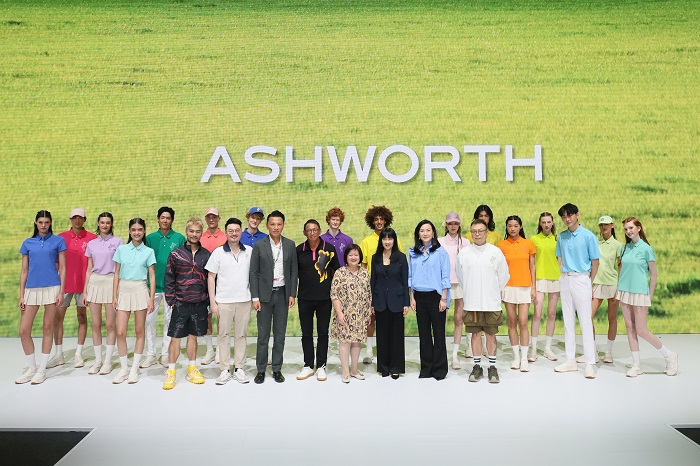FW
Egypt has hiked the subsidy given to spinning companies. The move is meant to encourage domestic industries to purchase Egyptian cotton as well as support local farmers. Spinning companies can now buy cotton for LE920 per quintal rather than LE1,070 per quintal under the original subsidy.
Egyptian cotton traders and exporters buy cotton from farmers at LE1,670 per quintal on average, offering it to the spinning companies at LE1,270 per quintal. Contracting domestic spinning companies will take place before August 10. The remaining cotton which is not purchased by then will be sold to exporters at the original subsidy of LE200 per quintal. Cotton for the financial year 2013-14 is estimated at around one million quintals.
The government has historically considered Egyptian cotton a strategic commodity. It plans to develop the weaving, textile and clothing industries with the aim of raising their competitiveness in international markets. Earlier this year, cotton exports were hit by domestic price hikes following a decline in local production brought about by reduced farm acreage and the lifting of an import ban. Total exports in the 2012-13 season, which runs from September to August, accounted for 22.3 per cent of local production, which stood at 3,00,000 tons.
The second World Textile Summit (WTS) will explore sustainability strategies that create business value in the textile manufacturing value chain. In line with the key themes of ITMA 2015, WTS 2015 will seek to answer sustainability questions that matter to the industry's strategic decision-makers. Scheduled for November 13, 2015, and to be concurrently held with ITMA 2015 in Milan, WTS 2015 will be a one-day event that would bring together the world's most influential textile leaders to debate issues of strategic importance to the global industry. The event is owned and organised by CEMATEX, WTiN and MP Expositions.
The program will be assisted by an advisory panel that includes Jason Kibbey, Executive Director of the Sustainable Apparel Coalition; Jonas Eder-Hansen, Programme Director of the Nordic Initiative Clean & Ethical; LaRhea Pepper, Managing Director of Textile Exchange; Patrick Laine, CEO of the Better Cotton Initiative; Baroness Young of Hornsey, Chair of the UK All Party Parliamentary Group on Ethics and Sustainability in Fashion, and Ambassador for the Ethical Fashion Forum and MADE-BY; and Saskia Hedrich, Senio Knowledge Expert, Apparel Fashion & Luxury, at McKinsey.
Leading textile machinery companies SPGPrints, MS Italy and Oerlikon and bluesign technologies have also confirmed their sponsorship of the event. The business forum sets out to deliver an inspirational, forward-looking agenda, comprising expert presentations and interactive panel discussions, designed to offer a global perspective on the opportunities and challenges that face the textile industry. Its first edition took place at ITMA 2011 in Barcelona.
The International Labor Organization (ILO) and the Organization for Economic Cooperation and Development (OECD) will come together in Paris on September 29 and 30 to discuss supply chain management, child labor issues and social compliance in the textile industry. Positioned as a forum for dialogue between representatives of governments, the private sector, trade unions and civil society organizations on building responsible supply chains in the textile and garment sector, the event is an endeavor to voice future expectations of attendees and businesses.
On the first day, attendees will discuss possible future approaches and initiatives for working conditions in Bangladesh garment factories, challenges in supply chain management in the industry, and the use of government standards. The following day will see discussions on management systems, policy adoption, risk assessment, fair pricing and child labor issues.
The ILO was founded in 1919. It aims are to promote rights at work, encourage decent employment opportunities, enhance social protection and strengthen dialogue on work-related issues. It gives an equal voice to workers, employers and governments to ensure that the views of the social partners are closely reflected in labor standards and in shaping policies and programs. The OECD was founded in 1961. Its mission is to promote policies that will improve the economic and social well-being of people around the world.
Jeanologia a global developer of sustainable technologies for garment finishing will be showcasing a range of new developments in denim at the oncoming Kingpins Show. Jeanologia has developed a line of indigo knits and yoga pants using sustainable technologies like the new laser flexi HS 3D system of nano bubbles e-flow and eco-washing G2 ozone. Beautiful designs have been efficiently achieved by the use of the Jeanologia laser, ozone and sustainable technologies. These developments will be presented by Jeanologia at the Kingpins Show, which will be held on July 29 and 30 in the US.
The sustainable technologies laser, ozone and e-flow developed by Jeanologia have transformed the textile industry, offering endless possibilities of design and finishes on garments while providing energy efficiency, reducing water consumption and eliminating damaging emissions and waste. Further, these techniques enable automation of processes and the development of sustainable production that reduce costs and increase productivity in the textile industry.
Jeanologia was incepted with the purpose of changing the way the denim industry relates to the earth and its inhabitants. Jeanologia started to work on developing more efficient and sustainable finishing technologies. The objective was to reduce water consumption, to reduce chemicals and to save energy from textile processing. Today, a worldwide technological movement in textiles is determined to transform the industry into a cleaner one, while being also more efficient.
www.jeanologia.com/
View Premium Selection Munich held recently has finalized its preview on the trends for fabrics and accessories for the winter season. Many new collections were exhibited including Cotonificio Albini, Deveaux, Taroni, Lyria, Progetto Uno, Blue Royal, Bonotto, Lisa, Ermenegildo Zegna, Agnona, Mahlia Kent, Brunello, Takisada, Liberty and Fauck. Especially for the denim business, View proposes an additional possibility to present new developments in the continuous process of new inventions. Denim weavers like ITV-Denim, Tavex, Bossa Denim, Italdenim, Pordenone-Olimpias and Tejidos Royo were present.
About 300 selected collections were presented, twice as many as at the previous event. The number of visitors increased 83 per cent with design teams from brands like Hugo Boss, Talbot Runhof, Marc O’Polo and Laurèl visiting the event. In trends, the tendencies in the premium segment were still about richness like fury haptic, strong 3-D-structures, jacquards and metallic looks. In the denim segment, softness of denim got even more comfortable, and new authentic leather or snake finishes gave denim an unknown new face. Also the trend to include aesthetics and fabrics from active wear into fashion was represented in numerous stretch fabrics.
Knitwear also remained important for trousers and jackets, with inspiration coming again from athletic wear.
viewmunich.com/
The 2014 International Apparel Sourcing Expo in New York City wrapped up yesterday. This is the largest textile sourcing event in North America. It attracts top designers, manufacturers and buyers. Organized by the China National Textile and Apparel Council and Messe Frankfurt USA this was the 15th edition of the show.
Exhibitors were categorized among apparel, home, and textiles, with professionals showcasing embroidery, denim, lace, linen, silk, wool, and more. More than 700 companies from 21 countries - including some 300 from China – exhibited at the fair. Chinese fabric and textile companies showcased the strong ties they have with New York City's fashion and garment industries. China's textile and fabric industries significantly contribute to US-China bilateral relations. It was 35 years back the US and China reestablished diplomatic ties. Trade between the two nations has increased 200 times since then.
New York City is a premier fashion capital. The fashion industry is critical to New York City's cultural and economic success, employing 1,80,000 New Yorkers and generating more than $10 billion in wages each year.
tofairs.com/expo.php?fair=108764
Cambodia's garment and footwear exports rose by 16 per cent in the first six months of 2014. The products are mainly exported to European countries and the United States.
The garment and textile industry in Cambodia was established in 1993 when foreign investors set up manufacturing there. Over the past 20 years, the industry has grown tremendously and is now the largest foreign exchange earner in Cambodia and a significant contributor to its economy. The country rebounded strongly from the global economic downturn, with garment and textile exports in 2010 increasing 25 per cent year-on-year and in 2011 increasing 34 per cent.
Since 2001, Cambodia has been a beneficiary of the Everything But Arms (EBA) initiative, which is part of the EU’s generalized system of preferences and which grants virtually all products excepts arms and ammunition duty-free and quota-free access into the EU market. However, the industry lacks a strong textile manufacturing base, and operates largely in the final phases of garment production — mainly cut, sew and trim — and imports almost all of its fabric, which is supplied mostly by China as well as other Asian countries.
Cambodia benefits from duty-free and quota-free access to the EU and the United States as well as to many other major world markets though the country may receive less preferential economic treatment from Europe in the coming years as it becomes more developed.
China's Xinjiang region has planned a fund of 20 billion yuan to support its textile and clothing industry. The fund will be part of a package to increase employment and incomes and maintain social stability. The central government will contribute part of the fund and Xinjiang will raise the rest.
Apart from funding textile industrial parks and clothing factories, Xinjiang will subsidize local cotton and electricity in qualified textile industrial parks. The region will adopt strict environmental protection standards and control energy consumption during the process. The abundant energy resources in Xinjiang are expected to help enterprises integrate their industrial chain and tap new markets. More textile companies are expected to open production lines there and use more local cotton to reduce costs. Xinjiang will give special support to projects related to cotton textiles, printing, dyeing and finishing, hand-crafted carpets and knitting.
According to a 10-year textile development plan, 4,20,000 jobs will be created with an industrial output of about 86 billion yuan by 2018 and one million jobs and 212.5 billion yuan of output by 2023. The fund will favor southern areas of Xinjiang. Clothing and tapestry factories there will enjoy free or low rents for a designated period. In northwest China, Xinjiang now produces about 60 per cent of China’s raw cotton.
The Autumn edition of Intertextile Shanghai Home Textiles will be held from August 27 to 29. This is China’s leading home textiles fair, where one can find the latest textile and accessory products. It will feature over 1,400 exhibitors from more than 30 countries.
The China Home Textile Trend Forum will present four themes for the 2015 trends. The International Lifestyle Trend Forum is led by an international committee of trendsetters and designers to understand the cultural differences in the Chinese market. The China Intangible Cultural Heritage of Home Textile and Handicraft display area will also illustrate to buyers the popularity of traditional products in the domestic market.
New to this year’s fair is the Home Decoration Trend Area. This is a practical display area which illustrates international trend themes in detail using the complete range of home textile products. Expanding on this concept, and targeted towards interior and soft decoration designers, is the Interior Design and Soft Decoration Forum. A number of seminars will also take place related to the Chinese market under the topics of design and trends and market information.
As the number of high wealth consumers in China continues to grow, home textile suppliers are launching custom-made product lines. Textile products are being thought of as fashion elements in the home. Curtains, for example, now feature 3D embroidery, organza and burnout fabrics.
intertextile-shanghai-hometextiles-autumn.hk.messefrankfurt.com/
Pakistan’s textile exports to the European Union increased by 18 per cent this fiscal year but exports to the rest of the world registered negative growth of 3.5 per cent. Acute energy shortage has badly hindered Pakistan’s exports growth. A large number of textile units have shut operations due to energy constraints. Textile exporters say they will not be able to get complete benefit from duty-free access to the European Union unless the government takes serious measures to ensure a regular supply of gas and electricity to run the manufacturing units and resolve the energy shortage.
The government has been urged to redesign and bring consistency in policies on taxes, reverse the declining trend of investment in the textile sector, bring interest rates down and release the liquidity on drawbacks and refunds. With better access to the EU market, Pakistan is expected to add at least a $1 billion in textile exports every year and reach the $25 billion mark in five years.
Pakistan is due to come out with a textile policy. Manufacturers say it should encapsulate the entire textile spectrum, providing directions for financial and industrial facilities as well as removing hurdles and providing the necessary incentives to the value-added sector to enhance textile exports.



